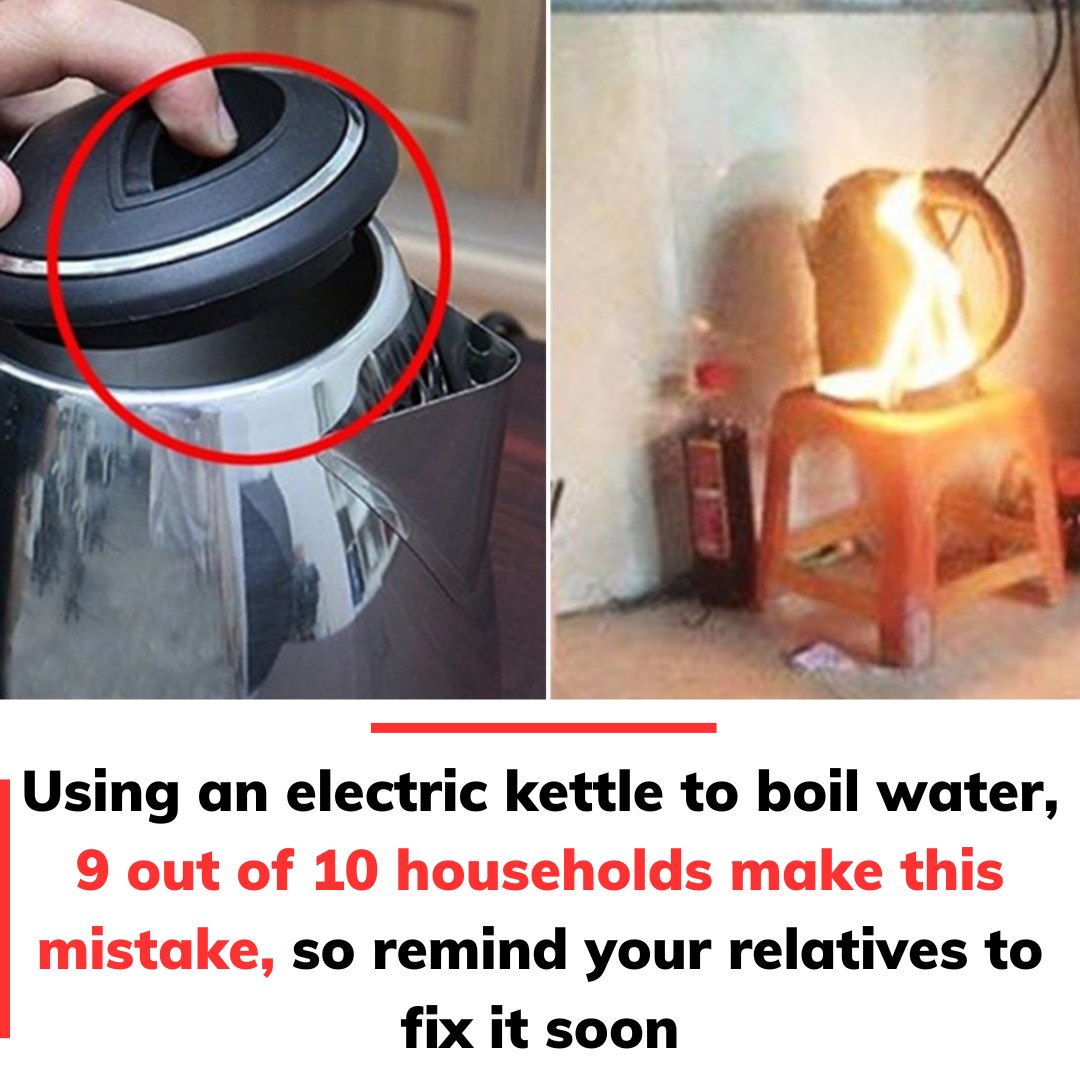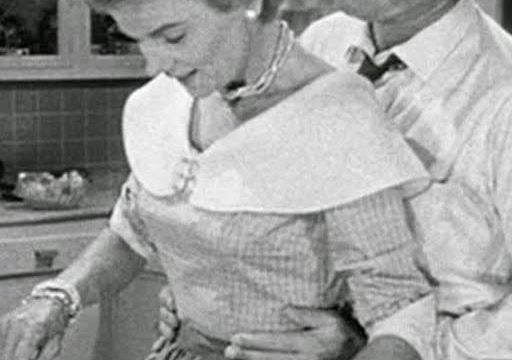Electric kettles are an indispensable part of modern kitchens, loved for their speed and convenience in boiling water. Whether you’re preparing tea, coffee, or instant noodles, these handy appliances make life easier. However, like any frequently used device, they can encounter problems over time. Understanding these common issues and knowing how to address them can save you time, money, and the frustration of having to replace your kettle prematurely. Below, we’ll explore the five most common electric kettle problems and provide practical solutions to keep your kettle running smoothly.

1. The Kettle Doesn’t Turn On
One of the most common issues with electric kettles is when they fail to turn on. This can be incredibly frustrating, especially when you’re in a rush and need hot water quickly.
Common Causes:
A frayed or broken power cord is a common culprit, as it interrupts the flow of electricity to the kettle. Loose or dirty contact points between the kettle and its base can also prevent it from powering on. Additionally, a faulty power switch may be the reason your kettle refuses to work.
How to Fix It:
Start by ensuring the kettle is properly plugged into a functional power outlet. Check the power cord for visible damage—if it’s frayed or broken, it will need to be replaced. Clean the contact points on both the base and the kettle to ensure a secure connection. If these steps don’t solve the problem, a faulty power switch may need professional repair or replacement.
Pro Tip: Always unplug the kettle by pulling the plug itself rather than yanking the cord to prevent unnecessary damage.
2. The Kettle Doesn’t Turn Off Automatically
If your kettle continues to boil after the water has reached its boiling point, it can be both a waste of energy and a serious safety hazard.
Common Causes:
A malfunctioning temperature sensor might not detect that the water has boiled, while a damaged automatic switch could fail to cut off the power supply.
How to Fix It:
Immediately stop using the kettle to prevent overheating or potential fire hazards. Contact a professional technician to inspect and replace the faulty temperature sensor or automatic switch.
Pro Tip: Descale your kettle regularly to prevent mineral buildup, as it can interfere with the proper functioning of sensors and switches.
3. Water Takes Too Long to Boil or Doesn’t Boil at All
If your kettle takes forever to boil water or fails to heat up altogether, it’s often a sign of inefficiency caused by underlying issues.
Common Causes:
Mineral buildup, such as limescale on the heating plate, acts as an insulator and reduces heating efficiency. A damaged heating element may also prevent the water from boiling. Alternatively, an unstable or low-voltage power source could result in slow heating.
How to Fix It:
Descale your kettle with a mixture of vinegar and water to remove limescale deposits. Ensure that the power source is stable and functioning properly. If the problem persists, consult a technician to inspect and possibly replace the heating element.
Pro Tip: Use filtered water in your kettle to minimize mineral deposits and extend its lifespan.
4. The Kettle Leaks Water
Leaking water from your kettle can create a mess and pose a serious electrical hazard, making this a problem that needs immediate attention.
Common Causes:
Worn-out rubber gaskets or seals are often responsible for leaks. Cracks in the kettle’s body, which may occur from accidental drops, can also lead to water seeping out.
How to Fix It:
Inspect the rubber gaskets for signs of wear and replace them if necessary. If the kettle body is cracked, it’s best to replace the appliance entirely, as cracks can’t always be repaired effectively.
Pro Tip: Avoid overfilling the kettle and handle it gently to prevent cracks and other damage.
5. The Kettle Makes Loud Noises While Boiling
A kettle that makes unusual or loud noises while boiling can be distracting and may indicate underlying problems.
Common Causes:
Mineral deposits on the heating plate can cause uneven heating, leading to noise. Additionally, damaged internal components might produce rattling or buzzing sounds.
How to Fix It:
Descale the kettle regularly with a vinegar-water solution to remove mineral buildup. If the noise persists after cleaning, have a professional inspect the internal components for potential damage.
Pro Tip: Regular maintenance can help prevent excessive mineral buildup and keep your kettle running quietly.
Preventive Maintenance Tips for Your Electric Kettle
To keep your kettle in peak condition, follow these maintenance tips: Clean it monthly by descaling with a vinegar-water solution. Avoid overfilling to prevent spills and leaks. Use filtered water to minimize mineral deposits. Always unplug the kettle when not in use to reduce electrical risks, and handle it with care to avoid cracks or other damage.
When to Replace Your Kettle
If your kettle continues to malfunction despite troubleshooting or shows visible damage, it’s time to invest in a replacement. Safety should always be your priority, so don’t hesitate to replace a kettle that poses risks.
Final Thoughts
Electric kettles are reliable and convenient appliances, but like any device, they require proper care to maintain their performance. By addressing these common issues and following preventive tips, you can ensure your kettle lasts longer and operates efficiently. If you’re ever unsure about repairing your kettle, consult a professional technician to avoid further damage or safety risks.
Did this guide help you troubleshoot your electric kettle issues? Share it with friends and family—they might find these tips useful, too!





